I’ve always been a fan of adventure. The idea of hitting the open road, with just me, my bike, and the wind in my face, sounds like freedom. It’s one of those dreams that many of us have—solo bike trips to explore new places, away from the crowds, just you and the world. But after a few solo journeys and a fair amount of reflection, I’ve come to realize that traveling alone on a bike isn’t always as glamorous as it sounds. It can be exciting, but there are real risks and practical challenges to consider.
So, in this article, I’m going to talk about why traveling solo on a bike may not be the best choice for everyone, and what you need to consider to make sure you’re staying safe if you do decide to go for it. Spoiler: A lot of it has to do with preparation and planning.
Why Traveling Solo on a Bike Might Not Be the Best Idea
1. Increased Safety Risks
One of the first things that came to my mind before setting off on a solo bike trip was safety. As much as I love the idea of freedom, the fact is, solo travel on a bike can expose you to a lot of potential dangers—especially if you’re traveling through unfamiliar or remote areas.
If you get into an accident, whether it’s a crash or just a simple fall, you’re on your own. No one is there to help you, and no one can call for help if you’re unable to. I’ve had moments where I was out riding and the roads were empty for miles. No cars, no people, just me and the road. It sounds peaceful, but if something went wrong—like a flat tire in the middle of nowhere or a sudden storm—it would be much more stressful without any backup.
Tip: If you must go solo, let someone know your route and check in with them regularly.
2. Physical Demands and Fatigue
Riding a bike for long hours is tough on the body, and when you’re alone, there’s no one to share the burden. Long-distance biking can take a serious toll on your body, even if you’re in great shape. When you ride solo, you don’t have someone to switch with when you get too tired, and it’s hard to push yourself to keep going when you’re feeling exhausted.
I remember one of my first solo trips. It was supposed to be a short ride, but my plans quickly unraveled. The sun was beating down, I wasn’t used to the terrain, and I found myself exhausted with miles still ahead. If I had been with a group or another rider, I could have taken breaks together, shared the load, and kept each other motivated.
3. Navigating Unknown Terrain Alone
Let’s face it: getting lost is a lot more dangerous when you’re by yourself. It’s easy to underestimate how challenging unfamiliar terrain can be, especially when you’re riding in remote areas, mountains, or countries with different traffic rules. I’ve had moments when I was on unfamiliar routes, unsure of which way to go, or when the road I thought was safe turned out to be poorly maintained.
Imagine trying to navigate difficult terrain alone, with no GPS or internet access, in an area where people don’t speak your language. Without another person to share the load, any wrong turn could end up wasting hours, or worse, putting you in an unsafe situation.
Tip: Carry a paper map, GPS tracker, and make sure your phone works offline in case you lose signal.
4. Weather and Environmental Challenges
The weather can be unpredictable, and solo riders are particularly vulnerable to its effects. Whether it’s a sudden downpour, a heatwave, or extreme cold, there’s no one else to share the discomfort with. I remember riding through a storm once, and I was soaked to the bone, shivering in my wet clothes. Not only was it physically uncomfortable, but it also made the bike harder to control, and I was concerned about staying safe while I was so exposed to the elements.
If you’re not prepared, extreme weather can lead to serious health risks, like dehydration, heatstroke, or hypothermia. Being alone makes it harder to deal with these risks, especially if you’re in an area where help is far away.
Tip: Pack extra clothes, rain gear, and always check the weather forecast before heading out.
5. Limited Help in Case of an Emergency
This is a big one. When you’re traveling solo, there’s no one to help you if something goes wrong. Whether it’s a mechanical issue with your bike, a flat tire, or a medical emergency, the chances of quickly getting assistance are much lower when you’re alone. It’s happened to me more than once where something small went wrong—like my bike chain snapping—and I had to figure it out alone.
If you’re in a remote area, your options for getting help are even fewer. Without a group or a local guide, you may end up spending hours or even days trying to get assistance. In situations where you’re hurt or in need of urgent help, being alone can be dangerous.
Key Things to Consider for a Safe Solo Bike Ride
Okay, so I’m not trying to scare you away from solo bike adventures. In fact, with the right preparation and awareness, you can absolutely have a safe and enjoyable solo ride. But it’s important to be realistic about the risks and challenges. Here’s what you need to consider to make sure you’re riding safely.
1. Plan Your Route in Detail
Before you hit the road, it’s crucial to plan your route carefully. Know the areas you’re going to, the roads you’ll take, and the places where you can stop for food, water, or help. Always have a backup plan in case your route isn’t as smooth as expected. I’ve learned to always map out my stops, where the nearest gas stations or towns are, and how to handle detours if they happen.
Also, let someone know your route. Share your plans with a family member or friend so they can keep track of your journey.
2. Check Your Bike and Gear Thoroughly
It’s critical to make sure your bike is in top shape before any long ride, but it’s even more important when you’re going solo. A bike breakdown could leave you stranded, and you won’t have anyone to help you fix it. Regularly check your tires, brakes, chain, and gear system before starting your journey. Carry a small repair kit with essential tools, like tire patches, a pump, and spare tubes.
Also, make sure your helmet, lights, and other protective gear are in good condition. I never leave home without my gloves, knee pads, and a quality helmet. You need to be extra cautious when you’re alone.
3. Carry Emergency Supplies
Being prepared for the unexpected is crucial. If you’re going solo, you should always carry emergency supplies such as:
- A first aid kit
- A portable phone charger
- Snacks and water
- A multi-tool for bike repairs
- A whistle or emergency flare
- Warm clothing (especially if you’re riding in colder climates)
These items could be lifesavers if something goes wrong on your ride.
4. Stay Connected
Make sure your phone is fully charged and that you have a backup power source like a portable charger. Stay connected with people and check in regularly. If possible, use apps that track your ride location in real-time so your friends or family can monitor you for added safety.
Conclusion: Ride Safely, But Don’t Take Unnecessary Risks
Solo bike trips can be incredibly rewarding, but they come with challenges and risks that shouldn’t be overlooked. Safety should always be your top priority, and preparation is the key to minimizing those risks. Before you decide to head out alone, take a moment to think about the potential dangers and how you’ll handle them. With the right planning, gear, and mindset, you can reduce those risks and enjoy the ride.
But if you’re feeling unsure, consider bringing a buddy along. It’s always better to share the adventure than to face the road alone.
Remember, the journey is just as important as the destination—stay safe and enjoy the ride.
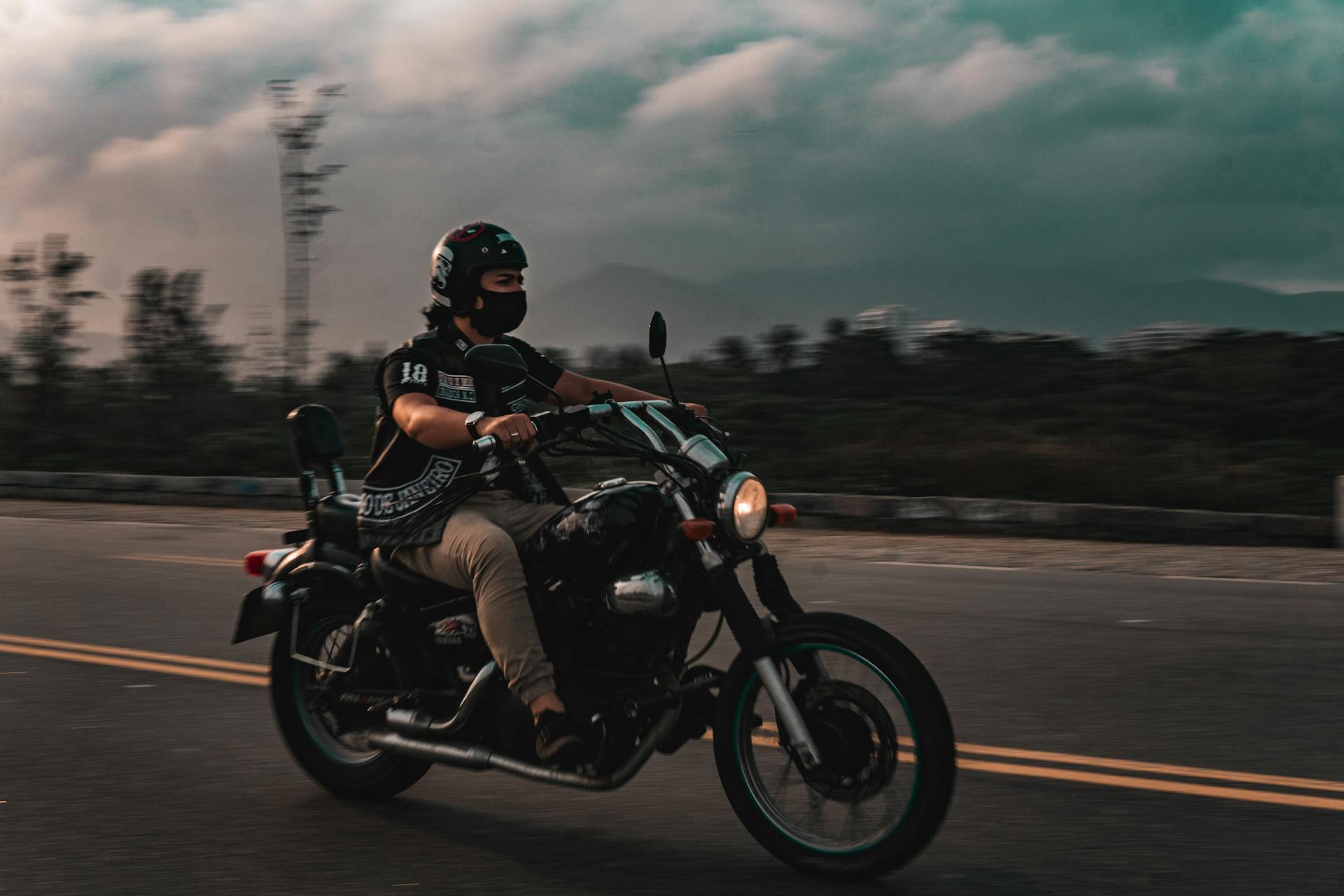

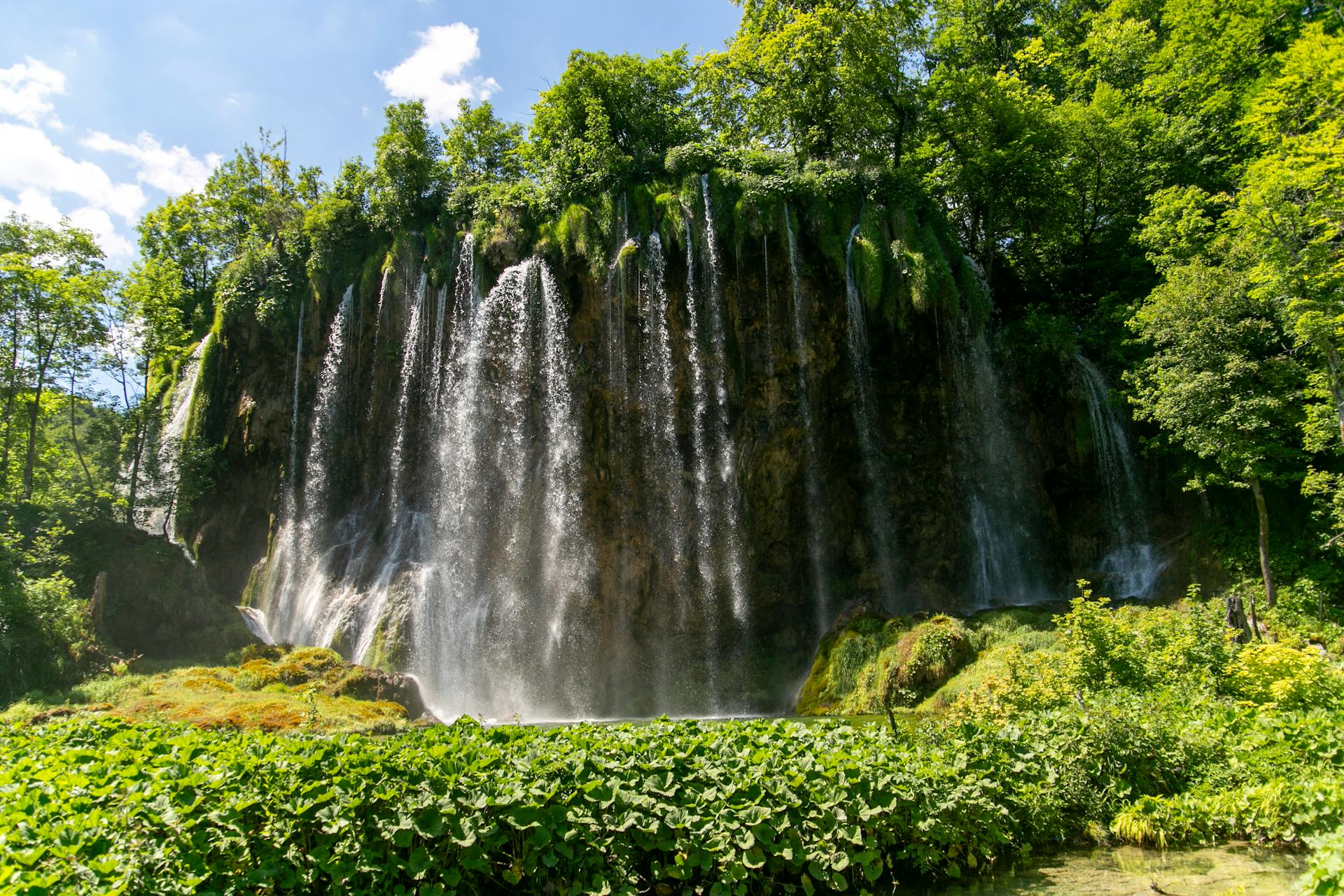
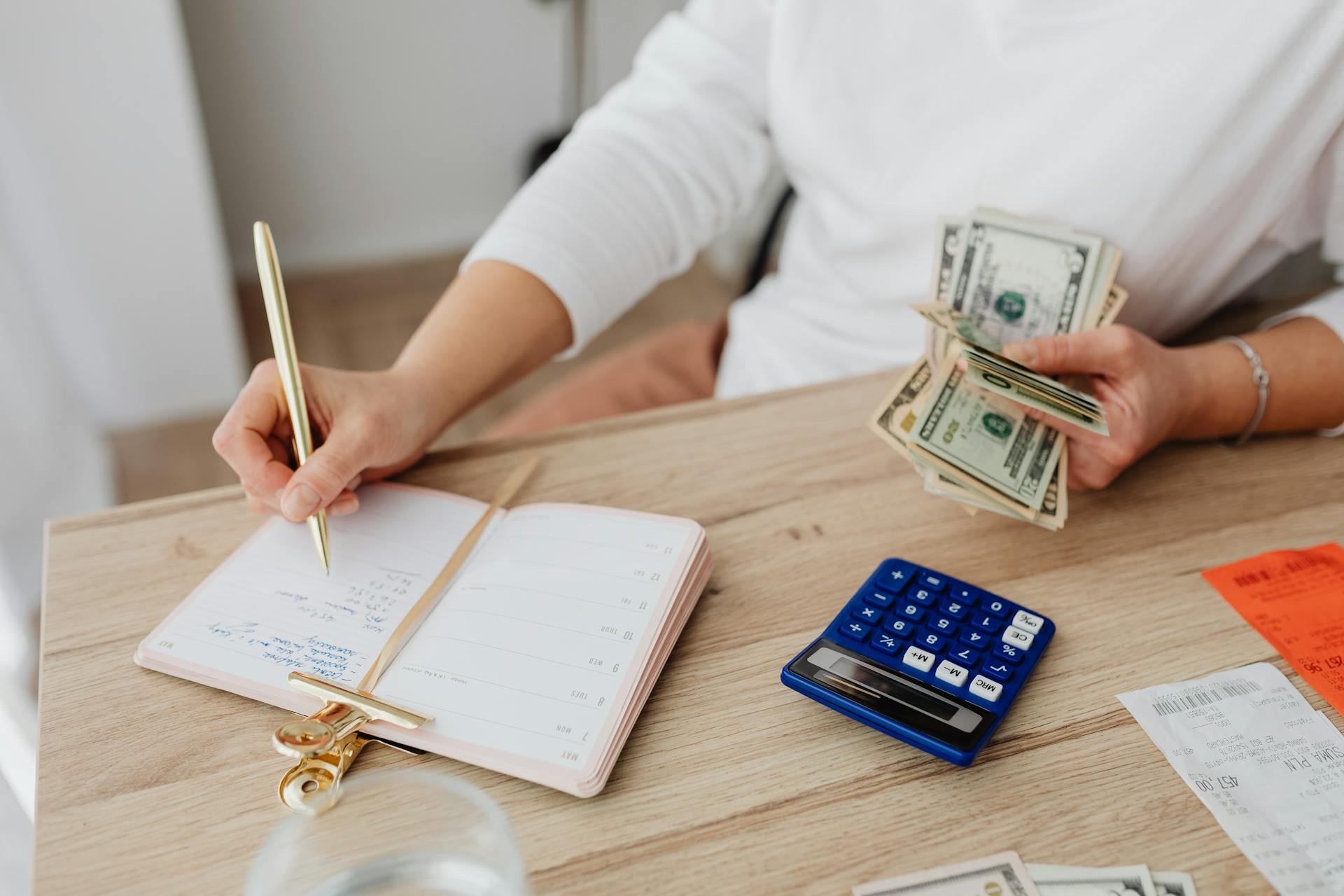
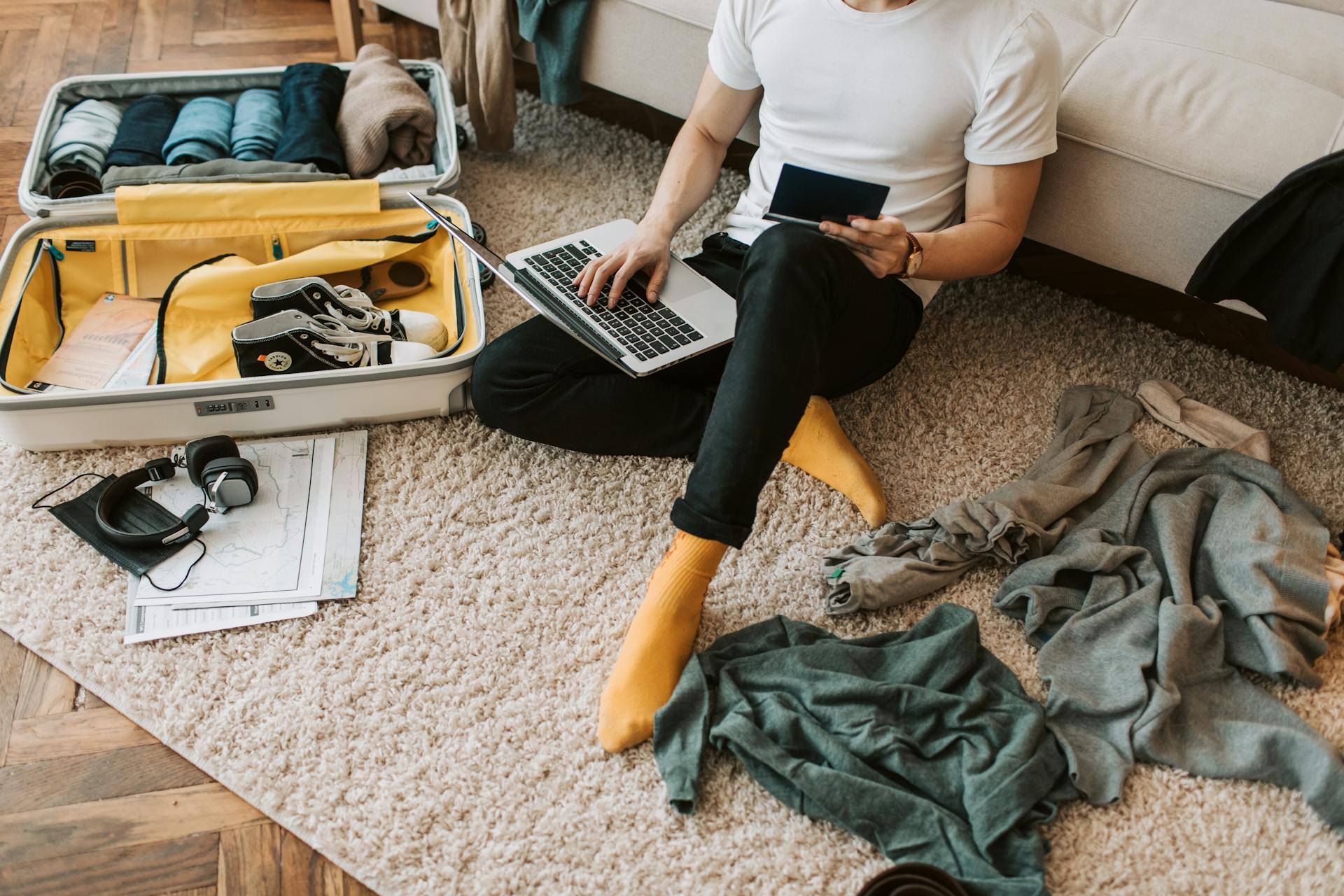
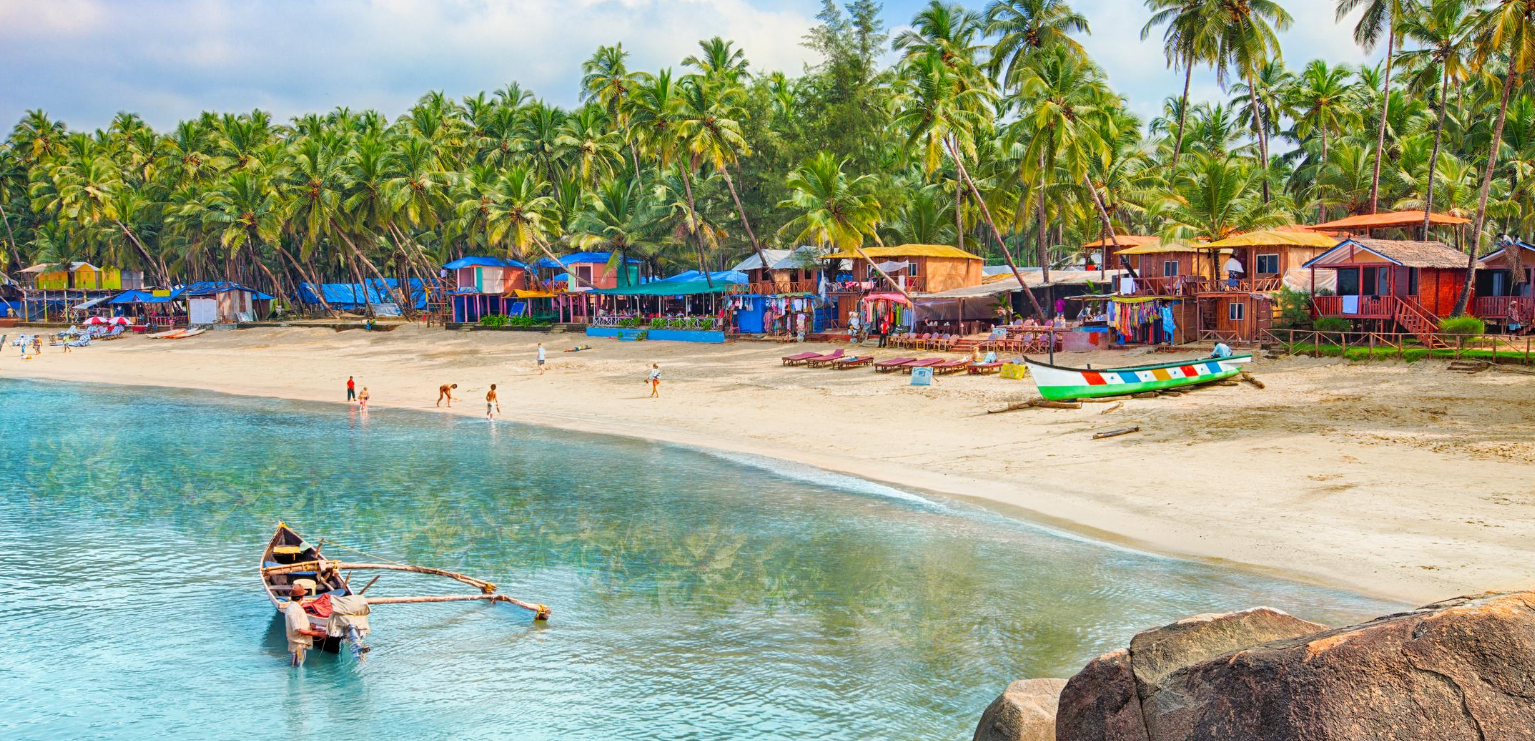
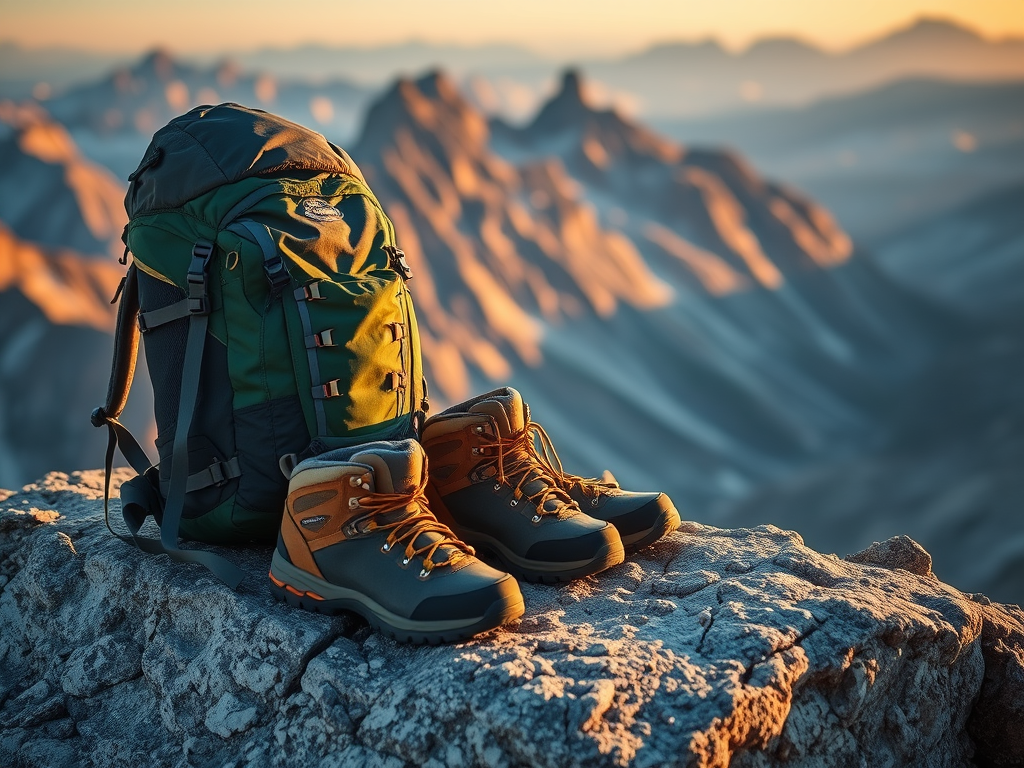
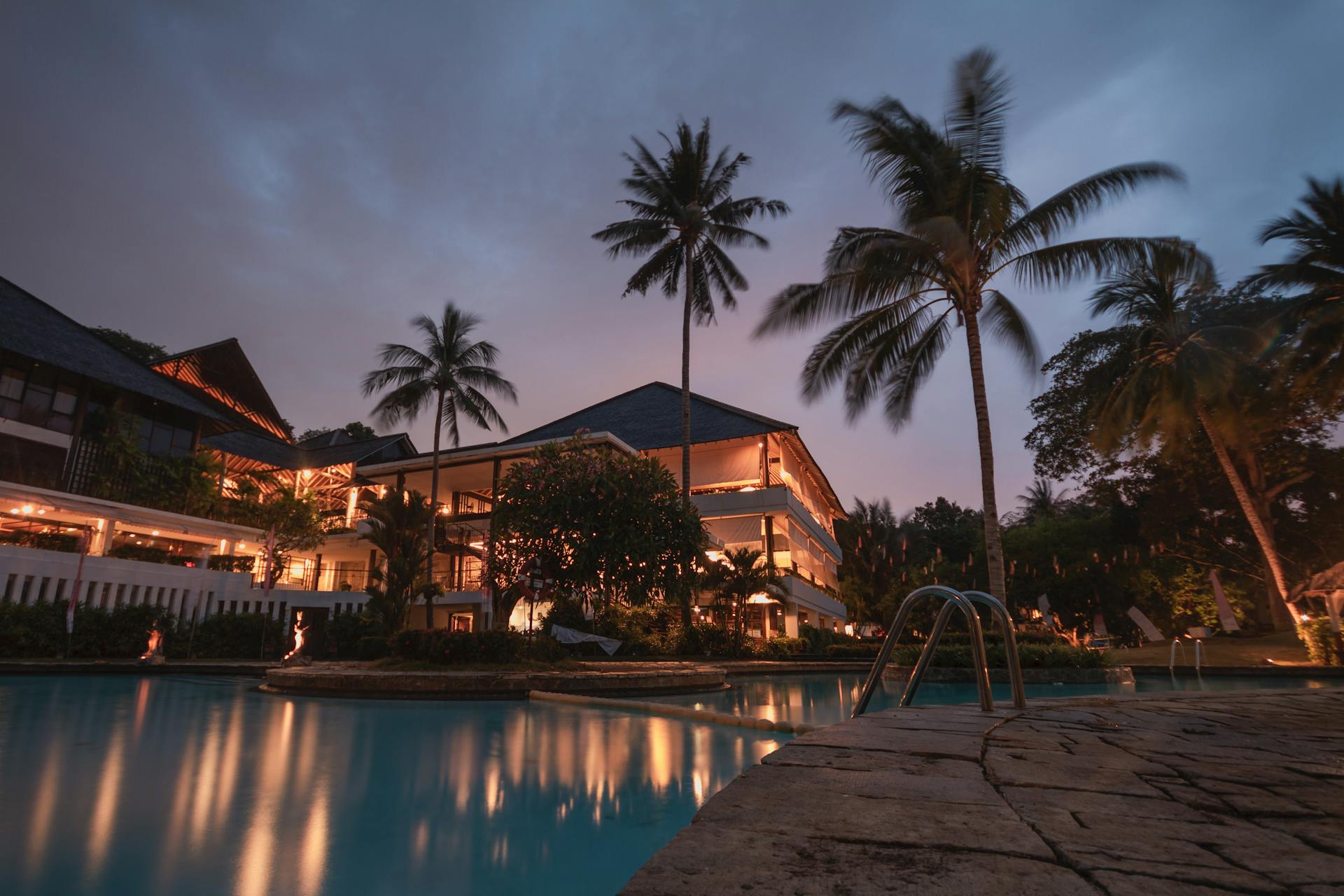
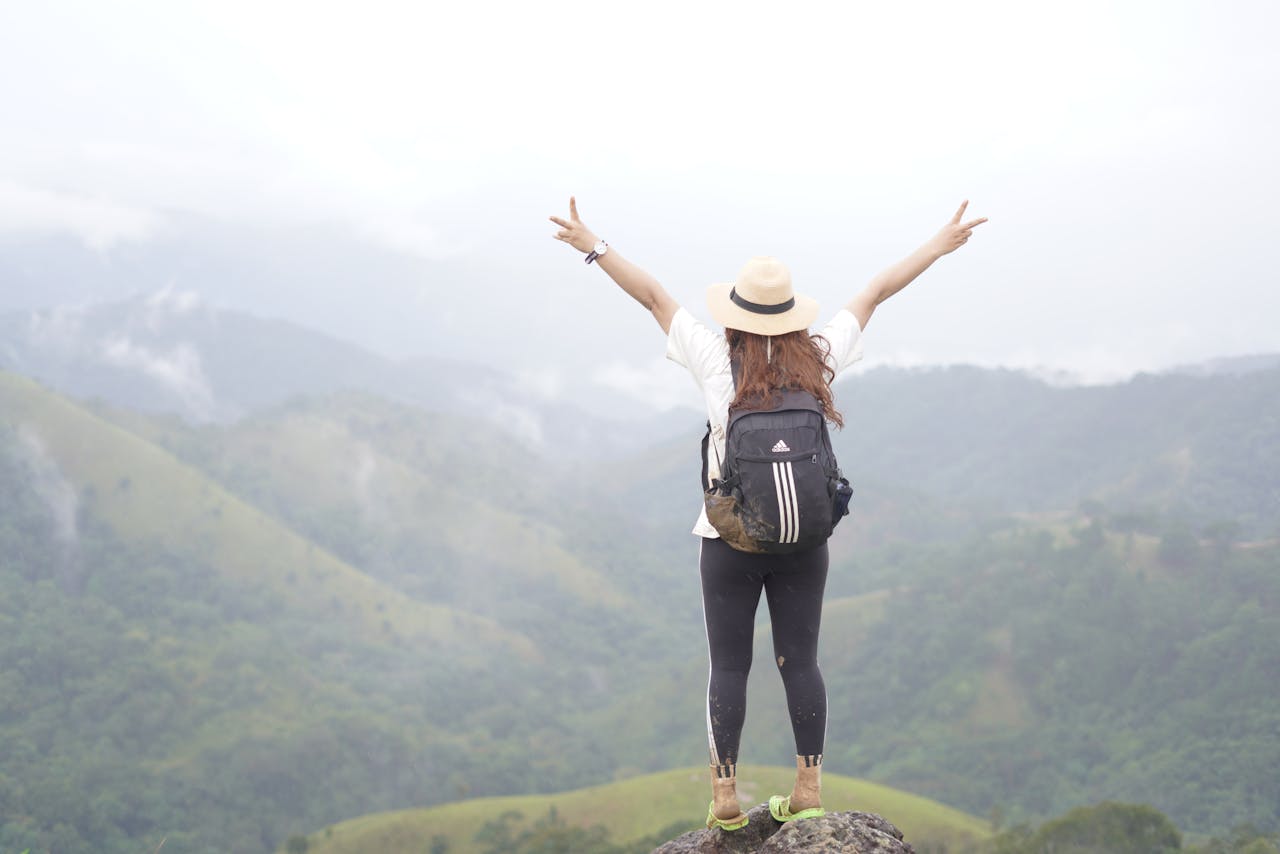
Leave a Reply
View Comments